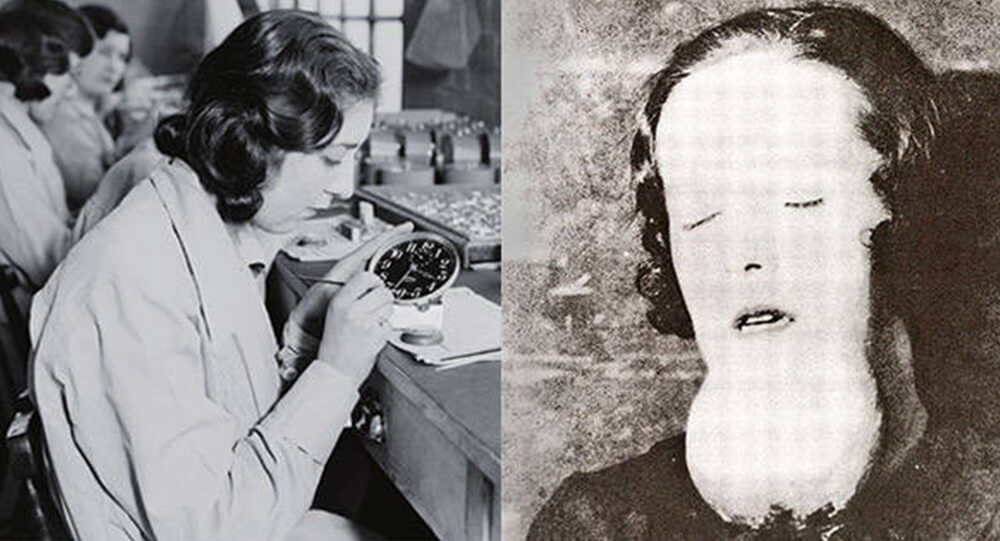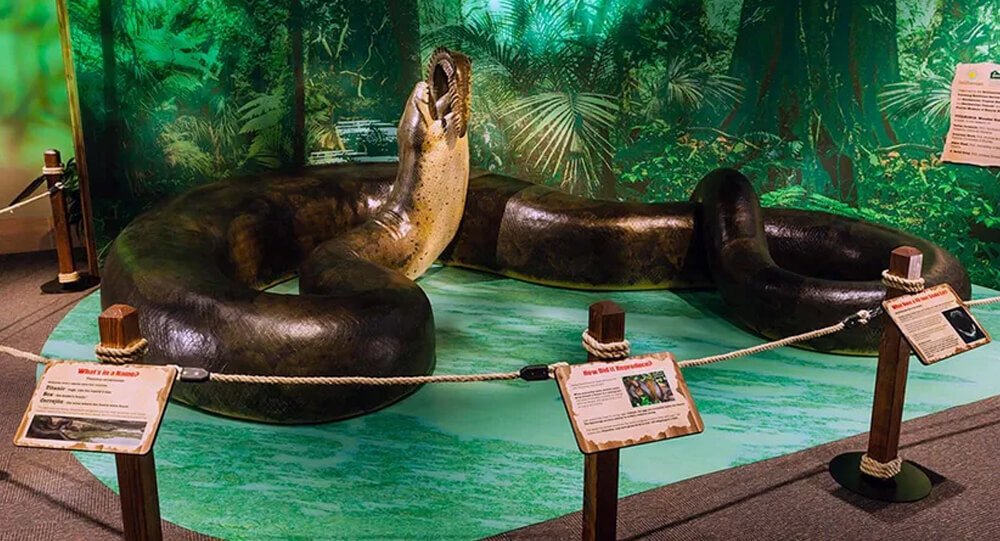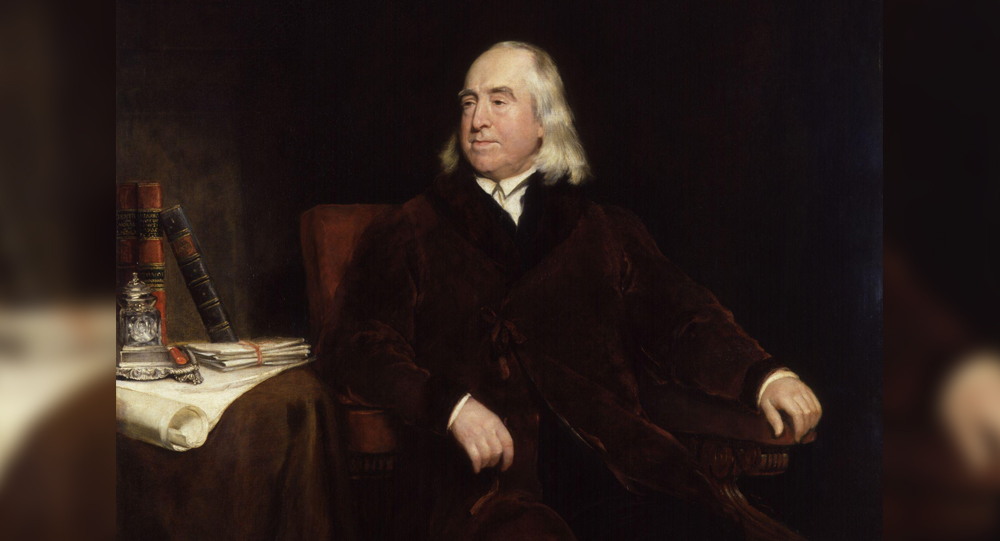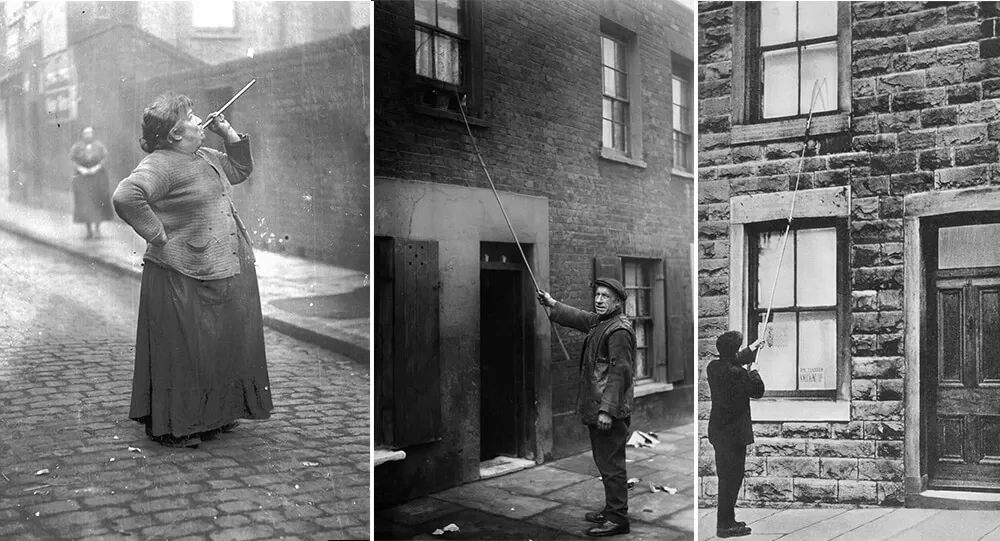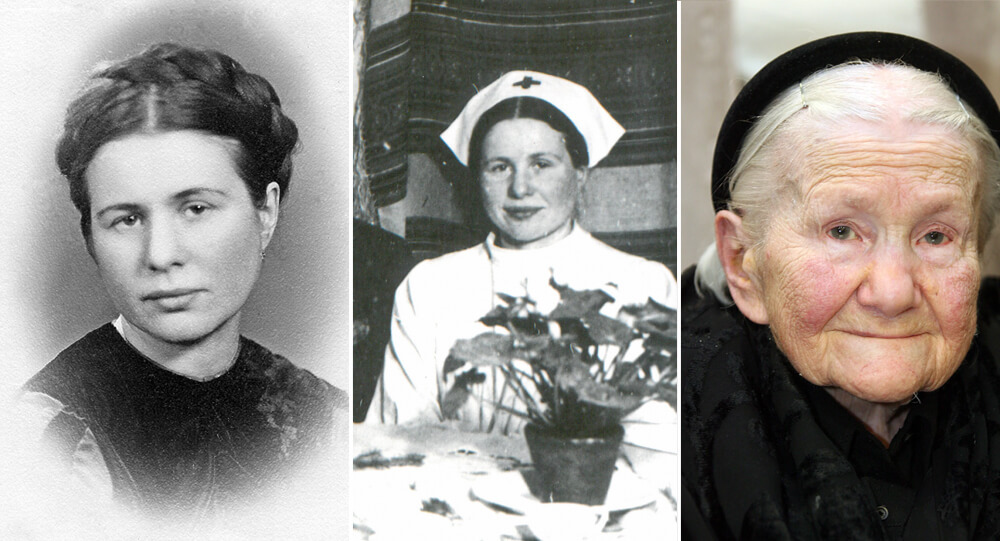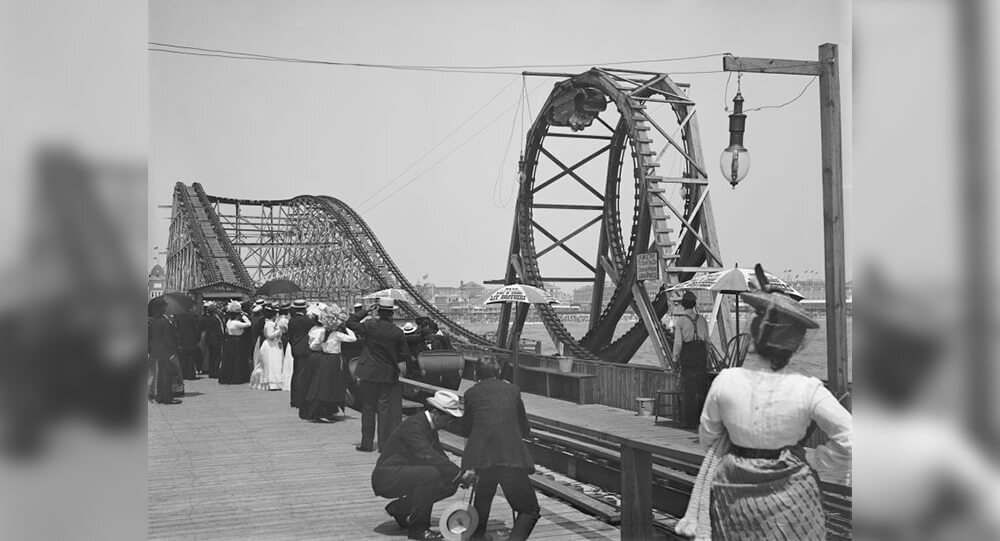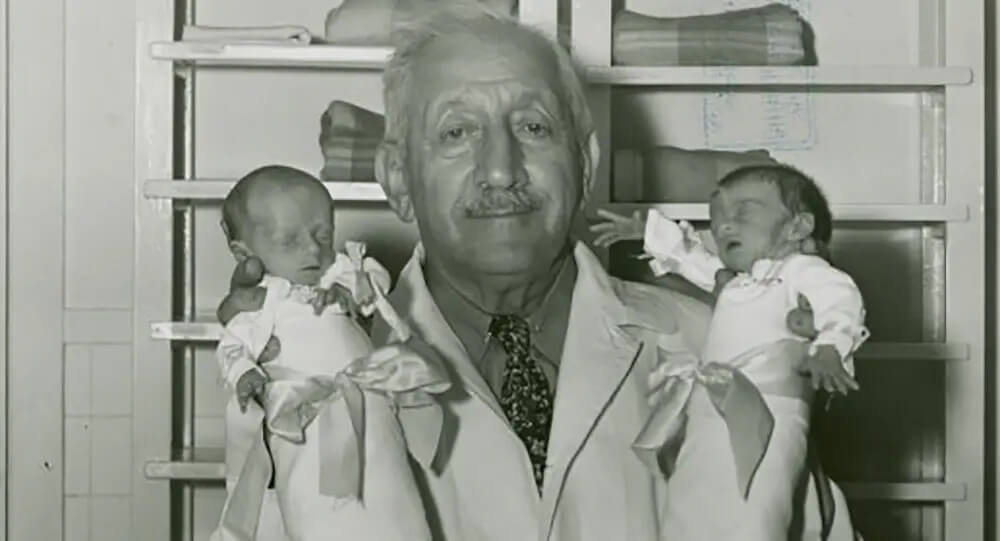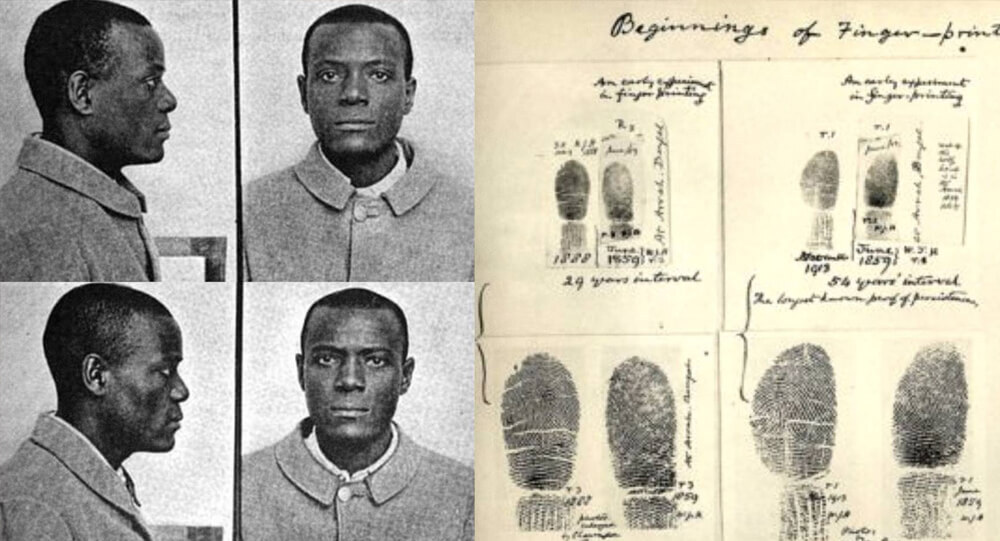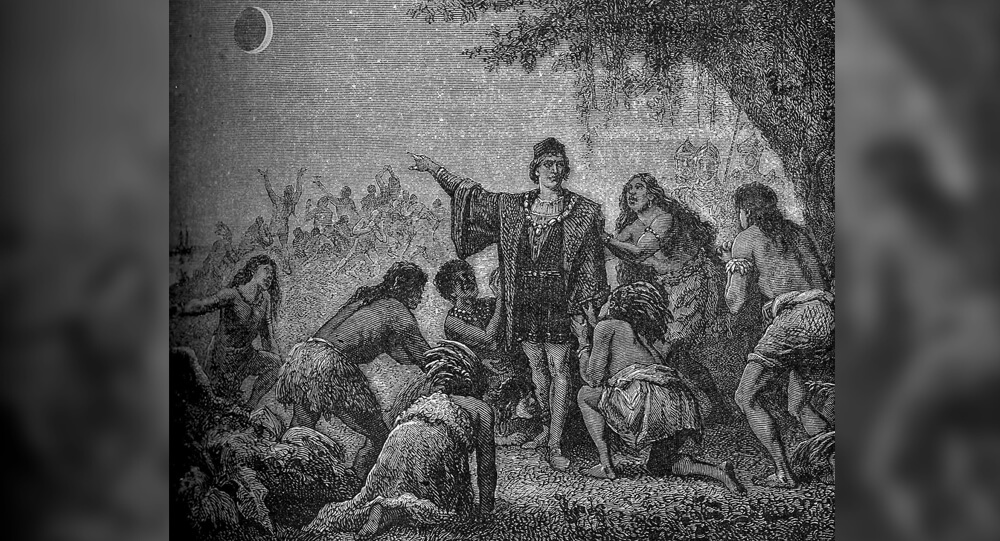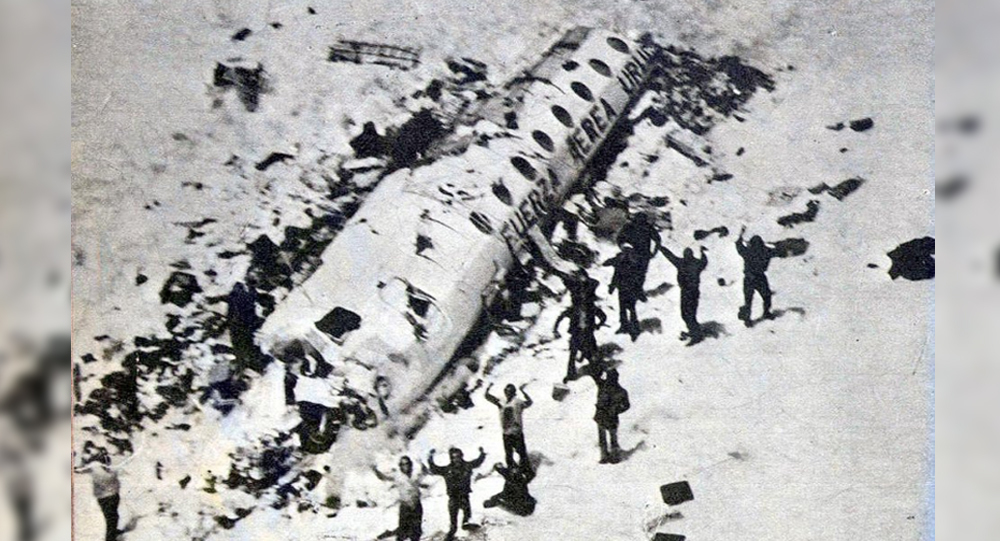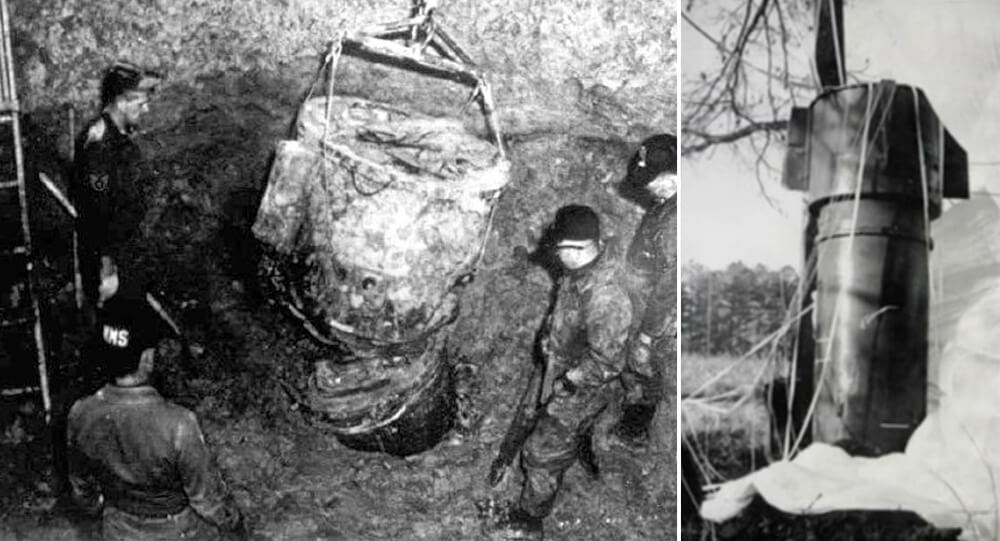
4 January 1961: The 4241st Strategic Wing’s Boeing B-52G-95-BW Stratofortress, serial number 58-0187, was on a 24-hour airborne alert mission off the United States’ Atlantic Coast. Major Walter S. Tulloch, US Air Force, piloted the bomber with Captain Richard W. Hardin and First Lieutenant Adam C. Mattocks. Major Eugene Shelton, Radar Navigator; Captain Paul E. Brown, Navigator; First Lieutenant William H. Wilson, Electronics Warfare Officer; Major Eugene H Richards, Electronics Warfare Instructor; and Technical Sergeant Francis R. Barnish, Gunner were among the other members of the crew. It was equipped with two Mark 39 thermonuclear bombs, each with a 3–4 megaton explosive yield.
The B-52 was refueled by an air tanker while in flight. Major Tulloch was told by the tanker crew that the B-52’s right wing was leaking fuel. More than 5,400 gallons (37,000 pounds/17,000 kilograms) of jet fuel were wasted in less than three minutes due to the massive leak. The B-52 was on its way to North Carolina’s Seymour Johnson Air Force Base.
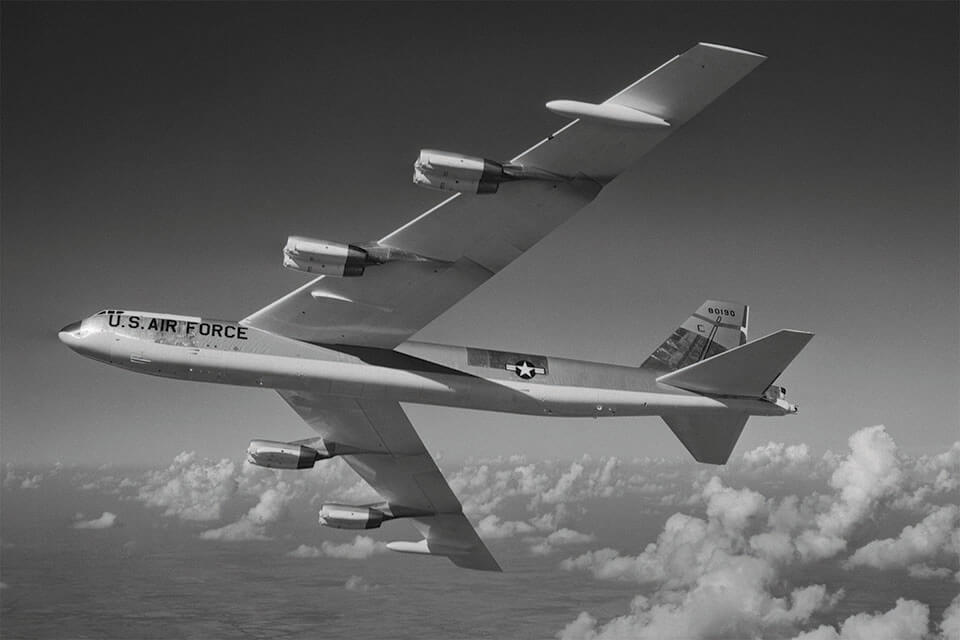
The bomber became increasingly difficult to control as they fell due to the unbalanced condition. Major Tulloch ordered the crew to abandon the fatal ship when the bomber lost control. Five crew members were evacuated, and one climbed through the top hatch. (Lieutenant Mattocks is thought to be the only member of the B-52 crew to have fled through the upper hatch.)
58-0187 shattered and exploded. Its debris reached an area of two square miles (5.2 square kilometers). Majors Shelton and Richards, as well as Sergeant Barnish, were killed.
The B-52’s two Mark 39 bombs fell out of the bomb bay as the plane exploded. One buried itself to a depth of more than 55 meters (180 feet). The parachute retarding mechanism on the other plane worked perfectly, and it landed safely. An bomb disposal team promptly detonated it and carried it away.
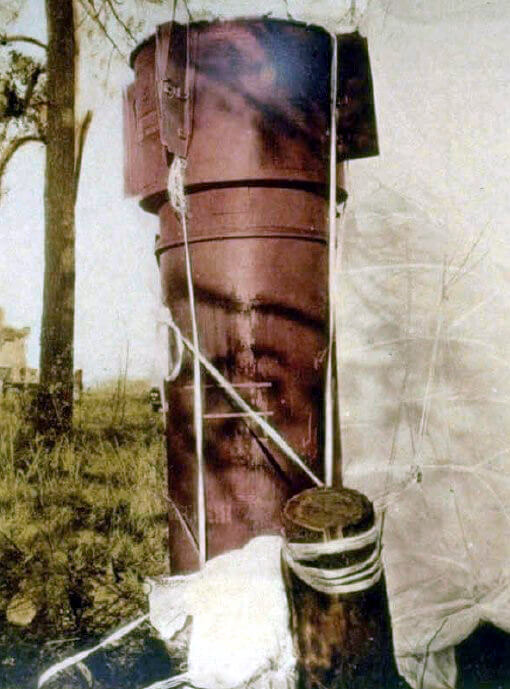
The buried bomb was extremely difficult to recover. The ordnance crew retrieved the majority of the bomb after eight days, including the 92 detonators and conventional explosive “lenses” of the “primary,” the first stage implosion portion. On January 29, the uranium-235/plutonium-239 “pit,” the bomb’s very core, was discovered. The “secondary,” on the other hand, was never discovered.
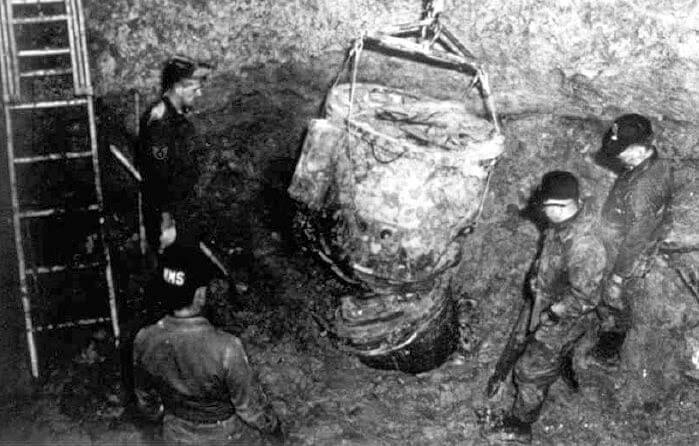
The fusion fuel is held in the secondary, but it cannot detonate without the primary exploding first. There is no threat of an explosion because the secondary is buried.
“During a B-52 airborne alert mission structural failure of the right wing resulted in two weapons separating from the aircraft during aircraft breakup at 2,000 – 10,000 feet altitude. One bomb parachute deployed and the weapon received little impact damage. The other bomb fell free and broke apart upon impact. No explosion occurred. Five of the eight crew members survived. A portion of one weapon, containing uranium, could not be recovered despite excavation in the waterlogged farmland to a depth of 50 feet. The Air Force subsequently purchased an easement requiring permission for anyone to dig there. There is no detectable radiation and no hazard in the area.”
The military code term for an accident like this involving the loss of nuclear weapons is BROKEN ARROW.
Though official declarations claim that neither weapon was in danger of exploding, others claim that five of the six steps (or six of seven) required for a thermonuclear detonation were followed.
The aircraft commander’s arming switch was the only one that had not been turned on.
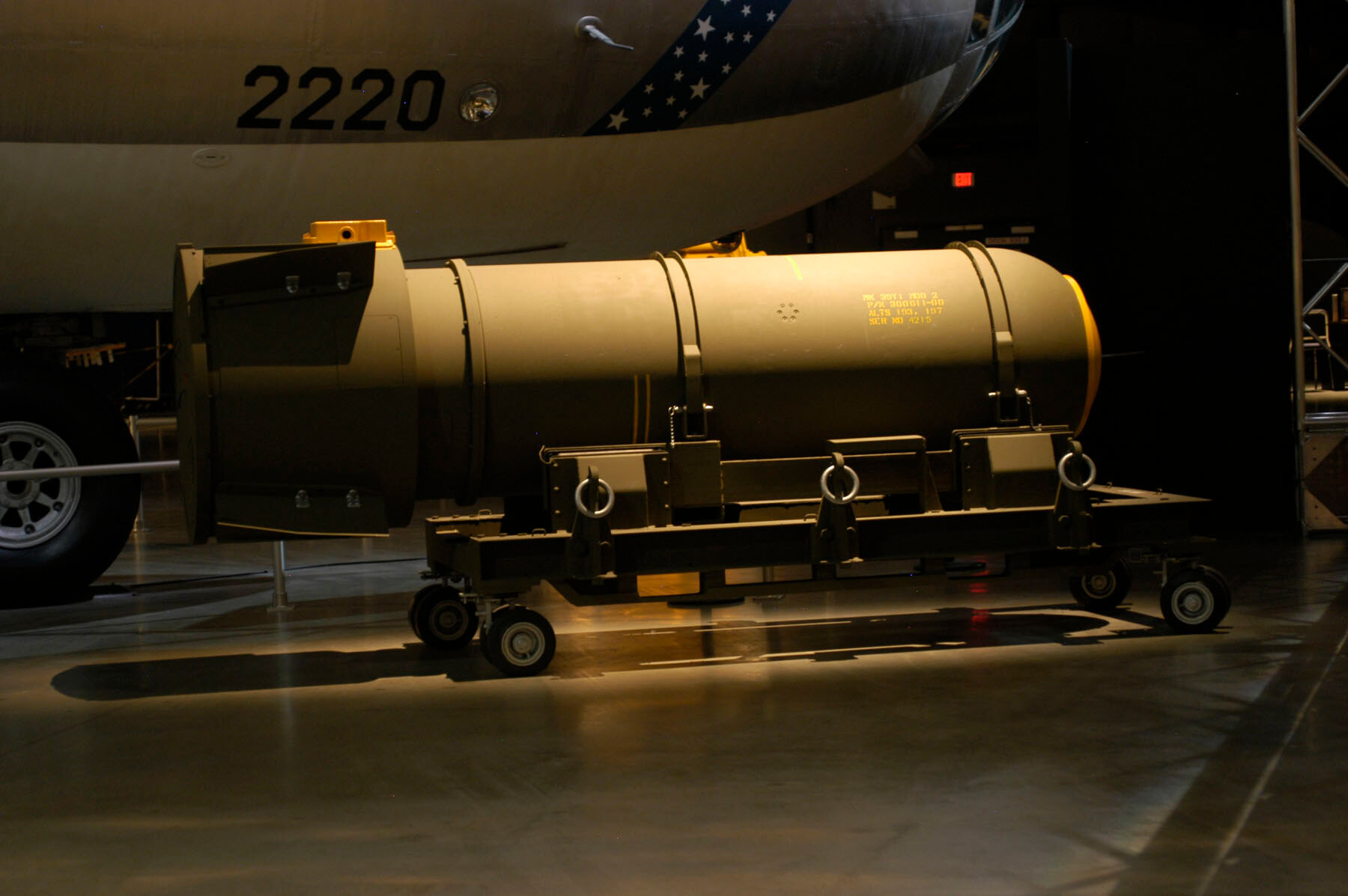
The Mark 39 was a two-stage thermonuclear bomb with radiation-implosion. It was produced from 1957 to 1959, with over 700 units produced. It was fully fused, which meant it could be detonated by contact with the ground, as an air burst, or by “laid down,” in which a sequence of parachutes would slow the bomb and allow it to land on its intended target before detonating. This gave the bomber enough time to clear the area.
With a weight of 6,500–6,750 pounds (2,950–3,060 kilograms), the Mark 39 was considered a light weapon. The bomb was roughly 11 feet, 8 inches (3.556 meters) in length and 2 feet, 11 inches in diameter (0.889 meters). The Mark 39 had a 3–4 megaton explosive output. (For comparison, the Redwing Cherokee nuclear weapons test at Bikini Atoll in 1956 had a yield of 3.8.)
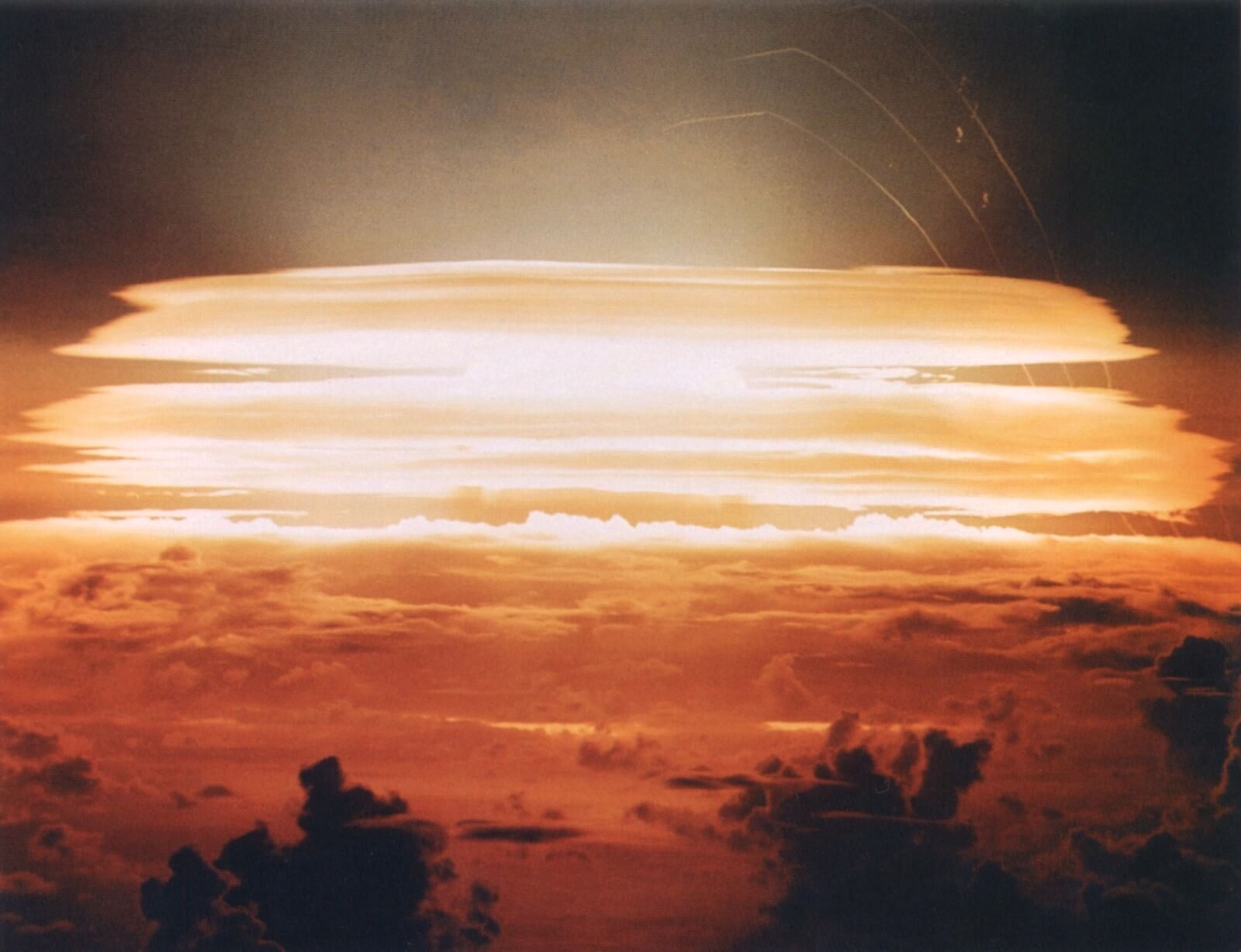
In the mid-1960s, the Mark 39 was phased out of service and replaced by the more powerful Mk 41.

Tunnels Dug by ancient giant sloths, A South American Megafauna
For years, scientists didn’t know what caused mysterious cave networks in South America. In 2010, they learned that the caves were actually tunnels dug by ancient giant sloths

The true story Of The Radium Girls that change US labor laws
Hundreds of young women worked in clock factories during World War I, painting watch dials with luminous radium paint. The company lied about the risk of radiation, claiming there was no danger, which resulted in the death of the young women.

Saudi Arabia camel carvings dated to prehistoric era
Archaeologists were shocked to discover that a series of camels carved into desert rock faces in north-western Saudi Arabia are actually prehistoric, dating from 7,000-8,000 years ago - before either the Pyramids of Giza or Stonehenge were built.

Vince Coleman, a railway dispatcher, sacrificed his own life
Vince Coleman, a railway dispatcher, sacrificed his life in order to warn an incoming train of an imminent explosion. His telegraph said “Hold up the train. Ammunition ship afire in harbor making for Pier 6 and will explode. Guess this will be my last message. Good-bye, boys.” He saved 300 lives.

Titanoboa cerrejonensis, fossils of the world’s largest species of snake
In 2009 in a coal mine of Columbia, scientists discovered fossils of the world’s largest species of snake. The species is called “Titanoboa cerrejonensis,“and it is from around 60 million years ago. It would have had measured about 48 feet long and weighed about 2,500 pounds

Ancient Jericho: The First Walled City In History
The ancient city of Jericho is the world's oldest walled city, with evidence of stone fortifications dating back nearly 9000 years.

How 18th Century Women’s Rights Movements Shaped Modern Equality
The 18th century marked a turning point in the quest for women’s rights, as passionate voices challenged centuries of gender inequality and laid the groundwork for modern feminism. From pioneers like Mary Wollstonecraft to revolutionary declarations and early advocacy, this era sparked debates on education, political participation, and social justice that continue to resonate today. Journey through the origins of women’s rights movements and discover how their bold ideas shaped the fight for equality.

The youngest person executed, George Stinney Jr was proven innocent
In 1944, George Stinney Jr. was 14 years old when he was executed in South Carolina. It took only ten minutes to convict him — and 70 years to exonerate him.

The World’s First Seismograph: How Ancient China Detected Earthquakes 1,800 Years Ago
Over 1,800 years ago, long before modern technology, the ancient Chinese astronomer and inventor Zhang Heng created the world’s first seismograph in 132 AD. This ingenious bronze device could detect distant earthquakes by releasing small balls from dragons’ mouths into toads’ mouths—each indicating a different compass direction. Its historic detection of an earthquake 400 miles away astonished the imperial court and transformed the way societies understood and responded to seismic events.

Mother who spent entire life savings for daughter’s cancer treatment won the lottery
A mother won $2 million from a $10 scratch-off lottery ticket after she spent all of her entire life savings to pay her daughter’s cancer treatment. She bought the winning ticket after her daughter’s last cancer treatment.

What exactly was the US's 'Ghost Army' during WWII?
During WW2, there was a special unit of men dubbed the ‘Ghost Army’. The unit was made of artists, creative and engineers and their job was to create deception about the enemy. From inflatable tanks to phony convoys to scripted conversations in bars intended to spread disinformation, they used all possible tricks to fool the enemy.

Knockers-up: waking up the Industrial Britain's Workers in 1900-1941
Before alarm clocks were invented, there was a profession called a knocker-up, which involved going from client to client and tapping on their windows (or banging on their doors) with long sticks until they were awake. It lasted into the 1920s.

Irena Sendler: woman who rescued Jews during holocaust
Irene Sendler was the Zegota resistance group's head of the children's department. She risked her life to smuggle children out of the Warsaw ghetto, place them with Polish families or orphanages, give each child a new identity, and keep records so that they could be returned to their families. In 1943, the Gestapo arrested and sentenced her to death, but she was rescued by Zegota.

The Littlest Skyscraper: How J.D. McMahon’s 480-Inch Con Fooled Investors in 1919
In 1919, J.D. McMahon convinced investors to fund a 480-foot skyscraper, but he labeled the plans as 480 inches, building a 40-foot structure instead. After taking $200,000, he won in court since the plans matched what he built.

The incredible story of Julia "Butterfly" Hill and her legacy
American environmental activist Julia “Butterfly” Hill lived in a 1500-year-old California Redwood tree for 738 days to prevent it from being cut down by the Pacific Lumber Company. The Simpson’s episode “Lisa the Tree Hugger” was inspired by Hill’s story.

Marion Stokes recorded 30 years of television
Marion Stokes, a Philadelphia woman began taping whatever was on television in 1979 and didn’t stop until her death in 2012. The 71,000 VHS and Betamax tapes she made are the most complete collection preserving this era of TV. They are being digitized by the Internet Archive.

Roller Coasters were First Invented to Distract People from sin
Roller coasters were invented to distract Americans from sin. In the 1880s, hosiery businessman LaMarcus Thompson didn’t like that Americans were going to places like saloons and brothels and created the first roller coaster on Coney Island to persuade them to go there instead.

Martin Couney, Saved Thousands of Premature Babies Wasn’t a Doctor at All
Martin Couney never qualified as a medical doctor. However, in the 1900s, he saved thousands of premature babies by exhibiting them in incubators at his Coney Island sideshow. Over the course of his career, he is said to have saved about 6,500 babies that had previously been written off by mainstream medicine.

Why the Word ‘Pen’ Comes from the Latin ‘Penna’ Meaning Feather
The humble word “pen” carries a rich history rooted in ancient times, derived from the Latin word penna, meaning “feather.” Long before modern pens revolutionized writing, feather quills—especially from geese—were the essential tools of scribes, scholars, and artists. This article journeys through the origins of the pen, its evolution, and fascinating trivia about the timeless connection between feathers and writing.

Will & William Wests: The puzzling situation of two inmates who are identical but not related
These are the mugshots of Will West and William West, and they are not related. They were both sent to Leavenworth Prison at the same time, in 1903, and after some confusion, the staff understood they had two different prisoners with the nearly same name, who looked exactly alike. They are part of the reason fingerprints are now used as identification.

How a Total Lunar Eclipse Saved Christopher Columbus in 1504
In 1504, Christopher Columbus was stranded in Jamaica with natives who refused to give him food. But he knew the date and time of an upcoming lunar eclipse. So he told the natives that his gods were angry at their treatment of him, and would provide a clear sign. Once the eclipse started, the natives raced to give him food and begged for mercy.

1972 Andes Plane Crash Survivor recall the terrifying Struggles to Stay Alive
On October 13, 1972, a plane carrying a rugby team from Uruguay crashed in the Andes between Chile and Argentina. The survivors were in brutal conditions - high altitude, bitter cold, and the lack of food—and faced the most terrible choice—eating the frozen flesh of their dead friends or starving to death themselves.

Inside China’s Footbinding Tradition: The Painful Ritual of Lotus Shoes and Bound Feet
In China, Lotus shoes were used to bind women's feet to keep their feet small

Philippines, the largest supplier of Nurses in the World
Philippines is the world’s largest supplier of nurses, supplying roughly 25% of all overseas nurses worldwide.

During the 1996 Olympic bombing, Richard Jewell falsely accused of committing the crime after saving dozens of people
Richard Jewell, an American security guard, discovered a bomb during the 1996 Olympic Games in Atlanta and assisted in the evacuation, but was later wrongfully accused and faced public scrutiny. He was cleared, but it had a lasting impact on him until his death in 2007 at the age of 44.

